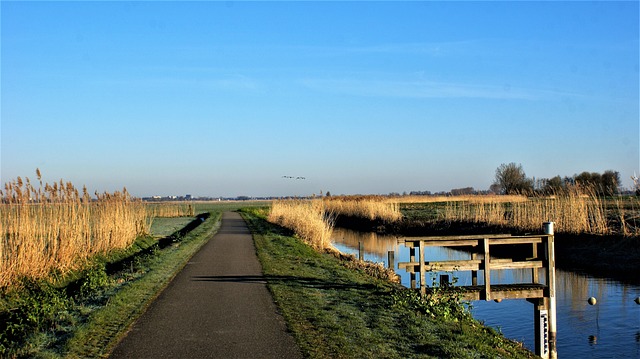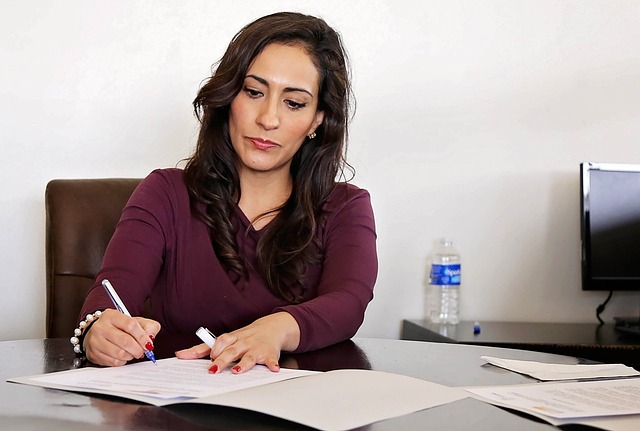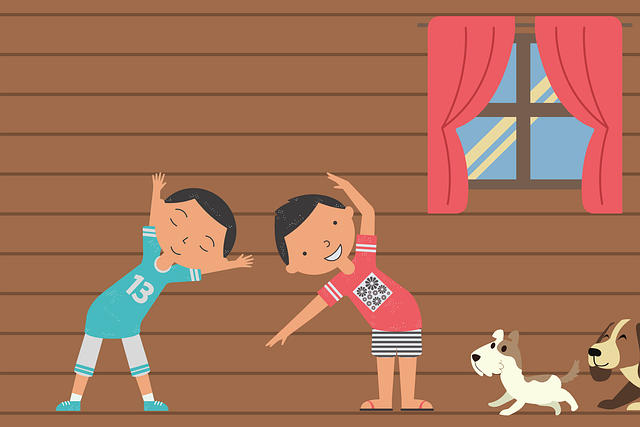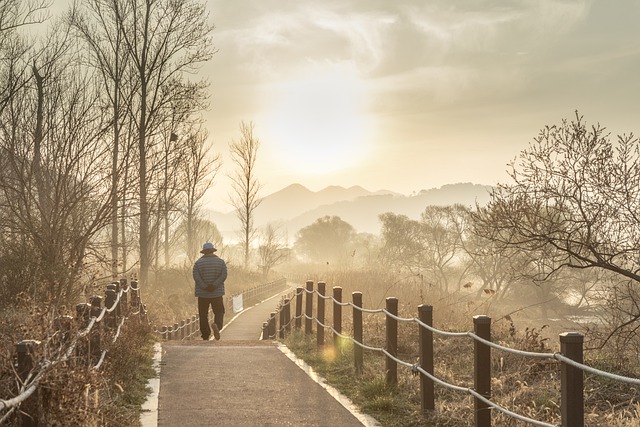Alex Howard recently provided a five-part series titled Decode Your Trauma which is designed as an introduction to his groundbreaking online coaching approach incorporated in the RESET Program. He also provides a free three-part video series to help people to reset their nervous system after the experience of trauma.
Alex is a world-renowned health specialist noted for his work in integrative medicine, his therapeutic work and his entrepreneurial projects. He has created a real life YouTube Series, In Therapy with Alex Howard, where your are able to join him as he works with patients in therapy sessions. Alex is also the Founder and Creator of The Optimum Health Clinic (OHC) – an integrative medicine clinic providing support to patients in more than fifty countries, especially those suffering from “fatigue-related conditions”.
The principles and practices of the Optimum Health Clinic – incorporating approaches such as mindfulness, developmental psychology and NLP – have been encapsulated in a Therapeutic Coaching Program led by Alex. It draws on the extensive experience and research of the OHC practitioners who have worked with thousands of patients.
Alex has also established Conscious Life – an online video platform designed to help people unlock their potential through courses, workshops and interviews with the world’s leading health and wellness experts. Through Conscious Life, Alex has hosted two of the world’s leading online conferences, the Fatigue Super Conference and the Trauma & Mind Body Super Conference.
The ECHO Model of Trauma
In his video presentations Alex describes his ECHO model of trauma which has four components (the name reflects the fact that experienced trauma has its echo in our day-to-day lives):
- Events – these are the significant life events that created a trauma response in our mind and body. They can be quite overt such as the categories of Adverse Childhood Experiences (ACE) – “abuse, neglect, and household dysfunction”. Alternatively, the traumatising events can be more covert and subtle such as disrespect of your heritage or where significant others disown your lineage (a situation that Ash Barty describes in her memoir, My Dream Time – A Memoir of Tennis & Teamwork). Bruce Perry and Oprah Winfrey put the spotlight on the traumatic events in our life when they ask, “What Happened to You?”
- Context – Alex described “context” in terms of whether our three core emotional needs were met or went unmet. He describes these as a need for boundaries, safety and love. In the absence of boundaries in our early childhood we can suffer from the “need to please” – where we can’t say “yes” or “no” appropriately and where we make our own needs subservient to the needs of others. Where a sense of safety was missing owing to a violent or turbulent/unpredictable home environment, we can find that we have difficulty in self-regulating. Where love was missing – reflected in aspects of our early home life such as the lack of presence, interest, nurturing, respect and/or care – we can feel we need to overcompensate to earn love (to always achieve or accomplish something visible and significant). Bruce and Oprah explore these emotionally deficient contexts by asking, “What didn’t happen for you?”.
- Homeostatic Shift – “homeostasis” in this context refers to the human capacity to maintain equilibrium in the face of an external, fluctuating environment. Alex highlights the fact that both the physical body and emotional body are constantly seeking to maintain a “stable internal environment”. However, trauma can upset our internal balance and lead to emotional dysregulation. This can be reflected in maladaptive stress responses or what Bruce Perry describes as a “sensitised stress response”. Alex draws on the Polyvagal Theory of Dr. Stephen Porges to highlight potential maladaptive responses in the form of “fight/flight” or “freeze” responses. He indicates that “to switch off the maladaptive stress response we have to get the nervous system back to safe and social” – described by Stephen Porges as the “ventral vagal” state involving social connection, openness, and groundedness. Bessel Van Der Kolk describes the “homeostatic shift” in terms of the “visceral imprint” resulting from traumatic experiences.
- Outcome – the outcomes from traumatic events and the resulting disequilibrium can take many forms – dysfunctional communication and relationships, anxiety and depression, addiction, sleep deprivation, mood swings and various physical health issues. Negative self-stories and a distorted worldview can underlie addictive behaviour and other maladaptive stress responses.
The RESET Program
Alex developed the RESET Program after more than 20 years of therapeutic experience working with traumatised people. The Reset Model involves recognising our mind-body disequilibrium, exploring how this is being created, stopping thoughts that are harmful and replacing them with positive energising thoughts, facing up to challenging emotions to heal from them, and transforming our relationship to ourselves (both mind and body). The program employs multiple healing modalities including mindfulness, EFT (Emotional Freedom Technique), somatic experiencing and the S.T.O.P. process. In the final analysis, the Reset Program is a pathway to achieving what Stephen Porges described as the “safe and social” stress response.
Reflection
I can relate strongly to Alex’s ECHO Model of trauma, having experienced multiple traumatic events in my early childhood and adult life. My early childhood context involved “household dysfunction” as well as separation anxiety. I feel that at times I have over-compensated for the absence of love in periods of my early life and engaged in other maladaptive stress responses. I discussed some aspects of my early childhood trauma in an earlier blog post, Reflections on Personal Trauma.
I have progressively drawn on mindfulness practices such as meditation and Tai Chi to regain my equilibrium and build emotional resilience. As I grow in mindfulness, I am increasing my self-awareness, understanding my habituated responses, improving my emotional regulation and learning to deepen my relationships.
I found Alex’s five-part Decode Your Trauma series enlightening, thought-provoking and energising. He draws on his personal experience of trauma as well therapeutic experience of helping numerous people heal from trauma. His sincerity and keenness to help are manifested through his presentation style and his sustained efforts to explain complex concepts in simple terms. The free, three-part video presentation on his website is well worth viewing as an aid to self-reflection.
Alex is also the author of the recent book, Decode Your Fatigue: A Clinically Proven 12-Step Plan to Increase Your Energy, Heal Your Body and Transform Your Life.
________________________________
Image by John Hain from Pixabay
By Ron Passfield – Copyright (Creative Commons license, Attribution–Non Commercial–No Derivatives)
Disclosure: If you purchase a product through this site, I may earn a commission which will help to pay for the site, the associated Meetup group, and the resources to support the blog.









